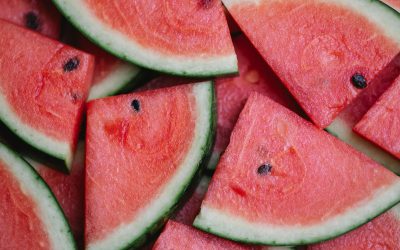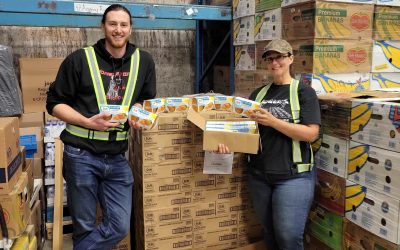As Canada’s largest food rescue organization, Second Harvest moves a lot of rescued food from donors to charities across the country. To be precise, we rescued 53.3 million pounds of good surplus food in 2022 and redistributed it to more than 3,700 non-profits across the country.
But how exactly does food rescue work?
In short – it takes a lot of precise coordination and collaboration. Many food businesses use Second Harvest’s Food Rescue App to donate their surplus edible food locally. We also have partnerships all across the supply chain to move rescued food long distances – like when we shipped 12 million pounds of PEI potatoes from coast-to-coast-to-coast. And from our main warehouse and headquarters in Toronto, our Driver Ambassadors are on the road picking up and delivering rescued food to non-profits seven days per week.
But sometimes, in a country as large and geographically diverse as Canada, we’re presented with some unique logistical challenges that require a combination of many different modes of transportation and nimble problem-solving to get from point A to point B.
Moving Rescued Food Across Canada’s Vast and Rugged Landscape

From the Canadian Shield to the Canadian Rockies, the expansive Prairies to remote coastal communities on the East, West, and Northern coasts, Canada is a challenging landscape to move anything, let alone perishable rescued food with cold-storage needs.
“Transporting perishable food is a race against time and adding to the urgency is the fact that food donations can happen any time, anywhere,” Second Harvest CEO, Lori Nikkel, explained in our 2020 partnership with Uber Freight. “We always want to be ready to get that healthy food to people who need it, particularly in more remote communities.”
Many times, this work requires trucks, trains, ships and boats, planes, helicopters, and even family mini-vans stacked high with boxes of vegetables or canned goods. Some places are accessible only by ice roads in the winter, small boats and planes—winter storms permitting—or by ship when the sea ice melts in the summer.
Logistics Coordination in a Race Against Time
Transportation teams must be coordinated ahead of time and have the capability to move frozen or perishable goods for long- and short-haul trips. But our Second Harvest driver ambassadors do so much more than simply deliver food. They work closely with their local community of non-profits and volunteers and get to know the people on the frontlines.
In Canada, it truly takes a country to feed a country. Together, we can move mountains (of rescued food)!





